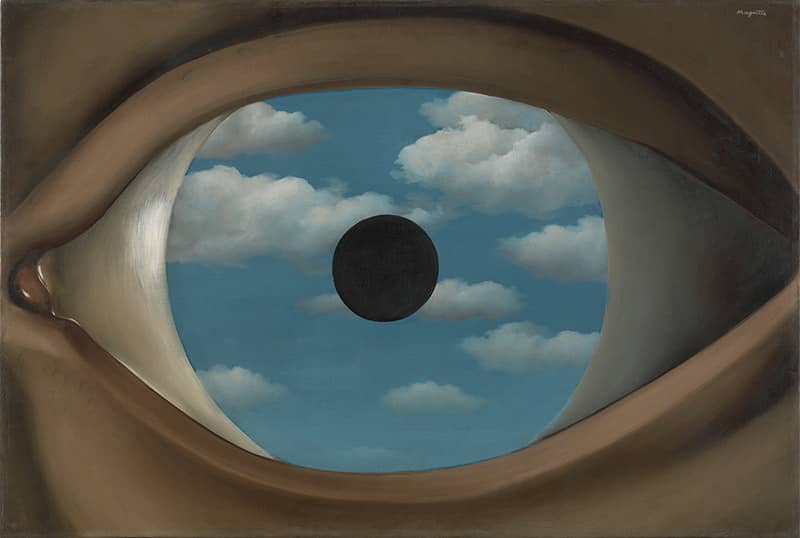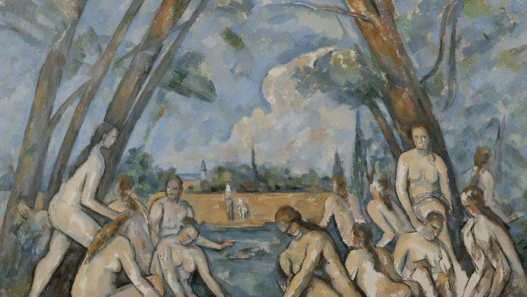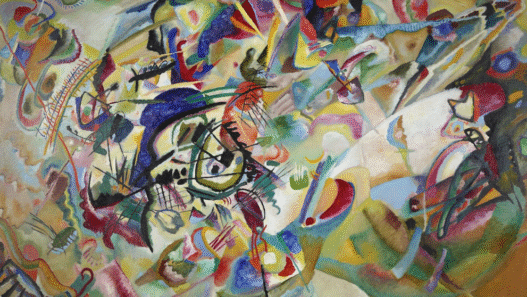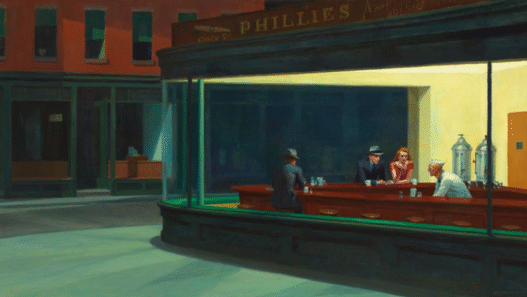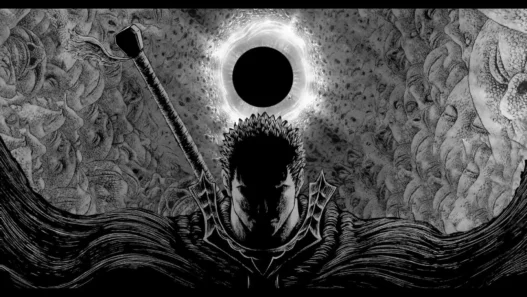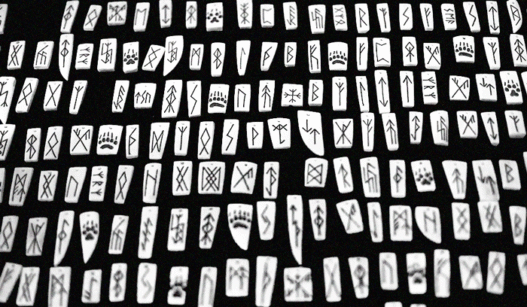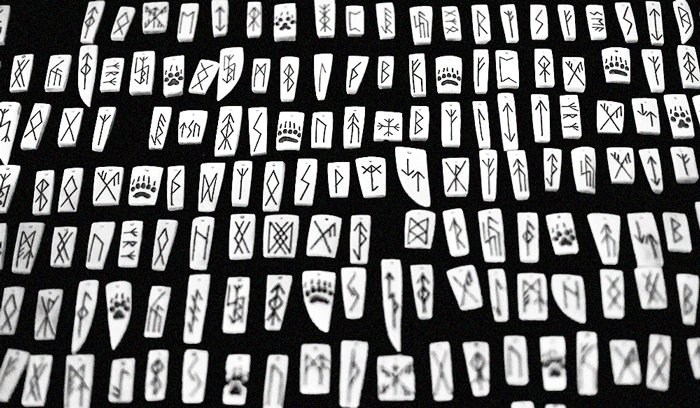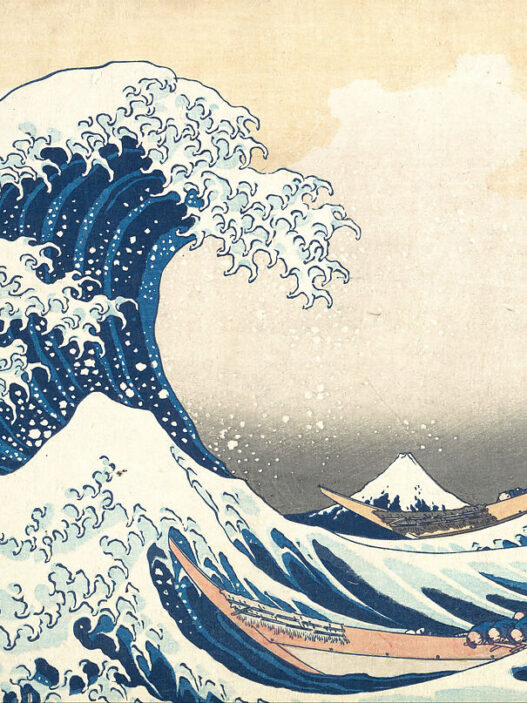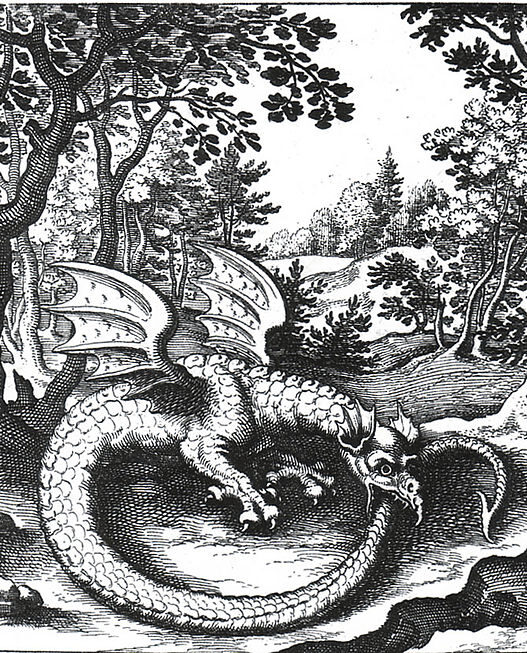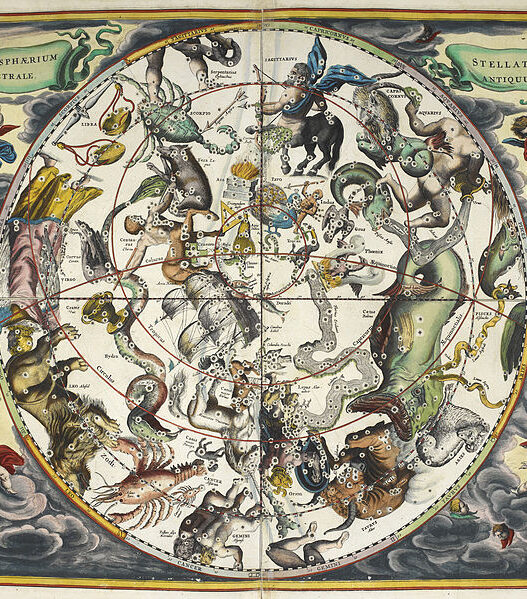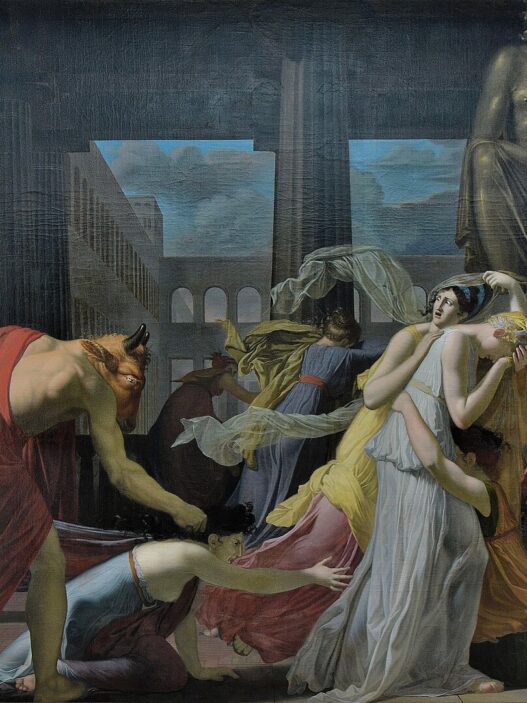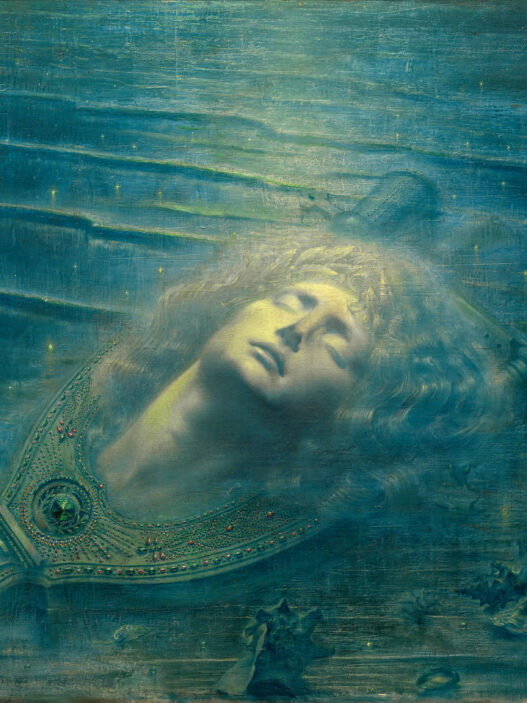The Fascinating World of Viking and Norse Runes
Throughout art history, symbols have played a significant role in conveying deeper meanings and evoking emotions. Among these, Viking and Norse runes stand out for their rich symbolism and historical significance. These ancient scripts were not merely a means of communication; they were also artistic symbols that carried profound meanings across cultures.
Understanding Viking Runes
The Viking runes, often referred to as Norse runes, form an essential part of Scandinavian culture. The norse runes alphabet, known as the Futhark, consists of characters that symbolise various concepts, elements, and deities.
Each rune has a unique viking runes meaning that reflects the beliefs and values of the Norse people. For instance, the algiz rune symbolizes protection and is often associated with the divine.
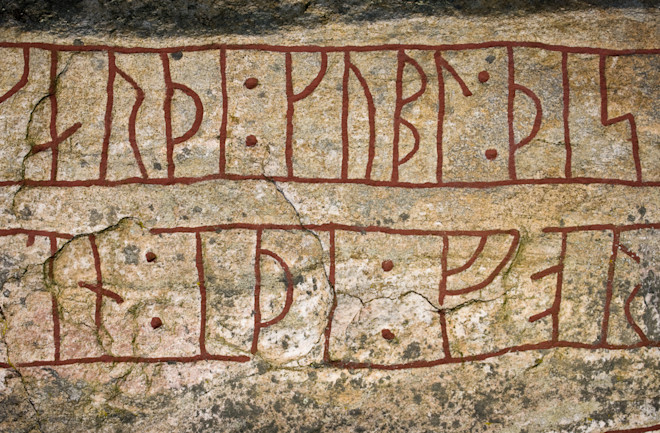
Celtic Symbols and Their Connection to Runes
Similar to Viking runes, celtic symbols are rich in meaning and have been used throughout history to signify various aspects of life, nature, and spirituality.
“In every carved rune and woven knot lies a forgotten wisdom. Echoes of earth, spirit, and the silent language our ancestors used to speak to the divine.”
These symbols, like their Norse counterparts, often represent a deeper connection to the natural world and the unseen forces that influence it. The interplay between norse runes meaning and Celtic symbols showcases the shared cultural heritage of ancient European societies.
The Lost Symbol of Art
In Viking and Norse art, symbols like the Elder Futhark runes, the Valknut, and Yggdrasil conveyed entire cosmologies in a single mark. Norse artisans embedded runes and mythological motifs into their weapons, jewellery, and carvings, blending language, magic, and art into one.
These lost symbols of art speak to a time when every line etched into stone told a story, not just of the visible world, but of the unseen forces that shaped it.
Viking and Norse Alphabet
Here’s a Viking and Norse Alphabet Table featuring the Elder Futhark runes. The oldest form of the runic alphabets used by Germanic tribes, including the early Norse and Viking cultures. This version of the runic alphabet was used roughly from the 2nd to 8th centuries CE.
Viking / Norse Alphabet Table (Elder Futhark Runes)
| Rune | Name | Sound/Letter | Meaning |
|---|---|---|---|
| ᚠ | Fehu | F | Wealth, cattle |
| ᚢ | Uruz | U / OO | Strength, wild ox |
| ᚦ | Thurisaz | TH | Giant, conflict, thorn |
| ᚨ | Ansuz | A | God, communication |
| ᚱ | Raido | R | Journey, travel |
| ᚲ | Kaunan | K / C | Torch, knowledge |
| ᚷ | Gebo | G | Gift, generosity |
| ᚹ | Wunjo | W / V | Joy, harmony |
| ᚺ | Hagalaz | H | Hail, disruption |
| ᚾ | Naudhiz | N | Need, restriction |
| ᛁ | Isa | I | Ice, stillness |
| ᛃ | Jera | J / Y | Year, harvest |
| ᛇ | Eiwaz | EI / Y | Yew tree, death/rebirth |
| ᛈ | Perthro | P | Mystery, fate |
| ᛉ | Algiz | Z | Protection, elk |
| ᛋ | Sowilo | S | Sun, success |
| ᛏ | Tiwaz | T | Tyr (god), justice, honour |
| ᛒ | Berkano | B | Birch, birth, fertility |
| ᛖ | Ehwaz | E | Horse, movement |
| ᛗ | Mannaz | M | Man, humanity |
| ᛚ | Laguz | L | Water, emotion, intuition |
| ᛜ | Ingwaz | NG | Fertility, potential |
| ᛞ | Dagaz | D | Day, breakthrough |
| ᛟ | Othala | O | Inheritance, homeland |
Symbolism in the Works of Notable Artists
Many symbolist artists, including Odilon Redon or Gustave Moreau, have used symbols to signify complex emotions and themes such as melancholy and the human experience. The power of symbolism lies in its ability to convey profound ideas through visual language, allowing viewers to connect with the artwork on a deeper level.
The Role of Iconography
Iconography, the study of symbols in art, provides insight into the meaning behind famous works. For example, still-life paintings from the Dutch Golden Age often included common symbols that signify themes of mortality and the transient nature of life, a concept also explored in vanitas art.
Norse Literacy
If you’re interested in exploring the original stories that shaped Norse mythology, you can read Norse Myths and Tales by Sir George Webbe Dasent (1817–1896), available freely on Project Gutenberg. This collection includes some of the most popular and influential tales from the Norse tradition, perfect for artists and storytellers seeking authentic inspiration.
Nordic World
The world of Viking and Norse runes offers a glimpse into the artistic symbol of ancient cultures and their beliefs. By understanding the symbolism behind these runes and their connection to broader artistic movements, we gain a deeper appreciation of art and its ability to communicate ideas through symbols. The exploration of symbols in art, whether through norse runes or the works of symbolist artists, continues to inspire and provoke thought in the contemporary world.
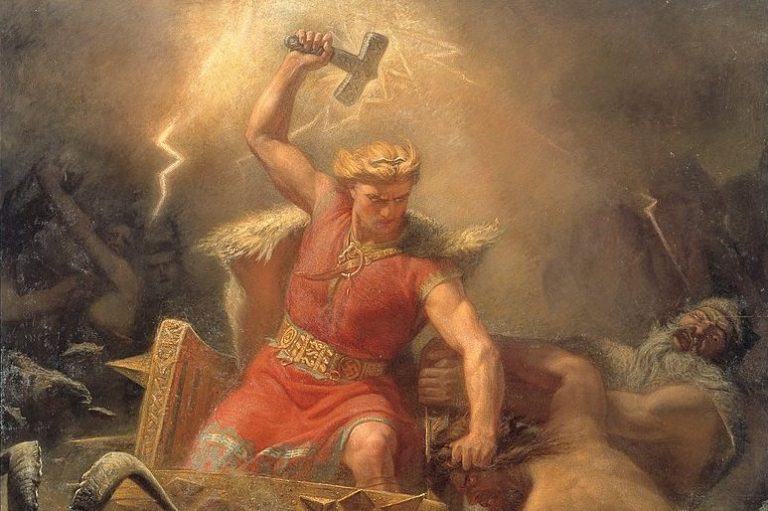
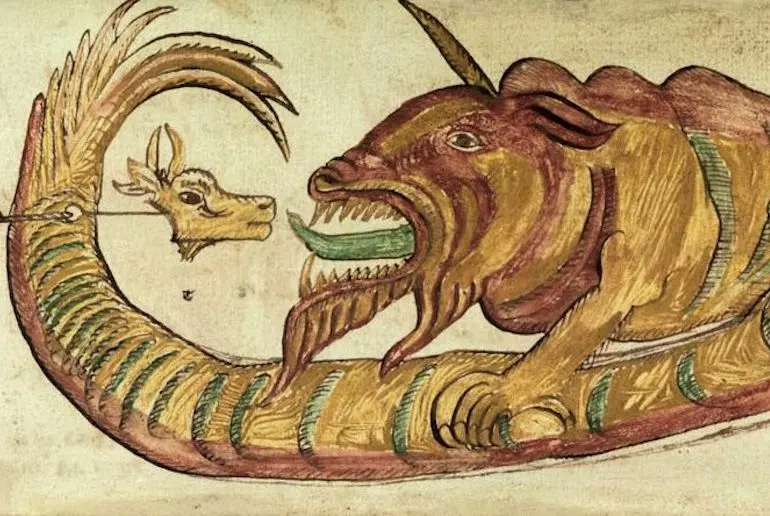
The Midgard Serpent of Norse mythology
Jörmungandr, the Midgard Serpent of Norse mythology, is a powerful symbol of cosmic balance, destruction, and the eternal cycle of life and death. Born of Loki and the giantess Angrboða, he was cast into the sea by Odin, where he grew so immense that he encircled the entire world, biting his own tail.
This ouroboros-like shape represents self-containment and the unending cycle of creation and collapse. As both guardian and threat, Jörmungandr defines the boundary. This sits comfortably between order and chaos or as some may call it, the known world and the unknown deep.
His foretold battle with Thor during Ragnarök signifies the clash between divine strength and unstoppable change, where neither side emerges unscathed. More than a monster, Jörmungandr embodies the necessary destruction that leads to transformation, reminding us that what surrounds us may also protect us, and eventually demand our letting go.
